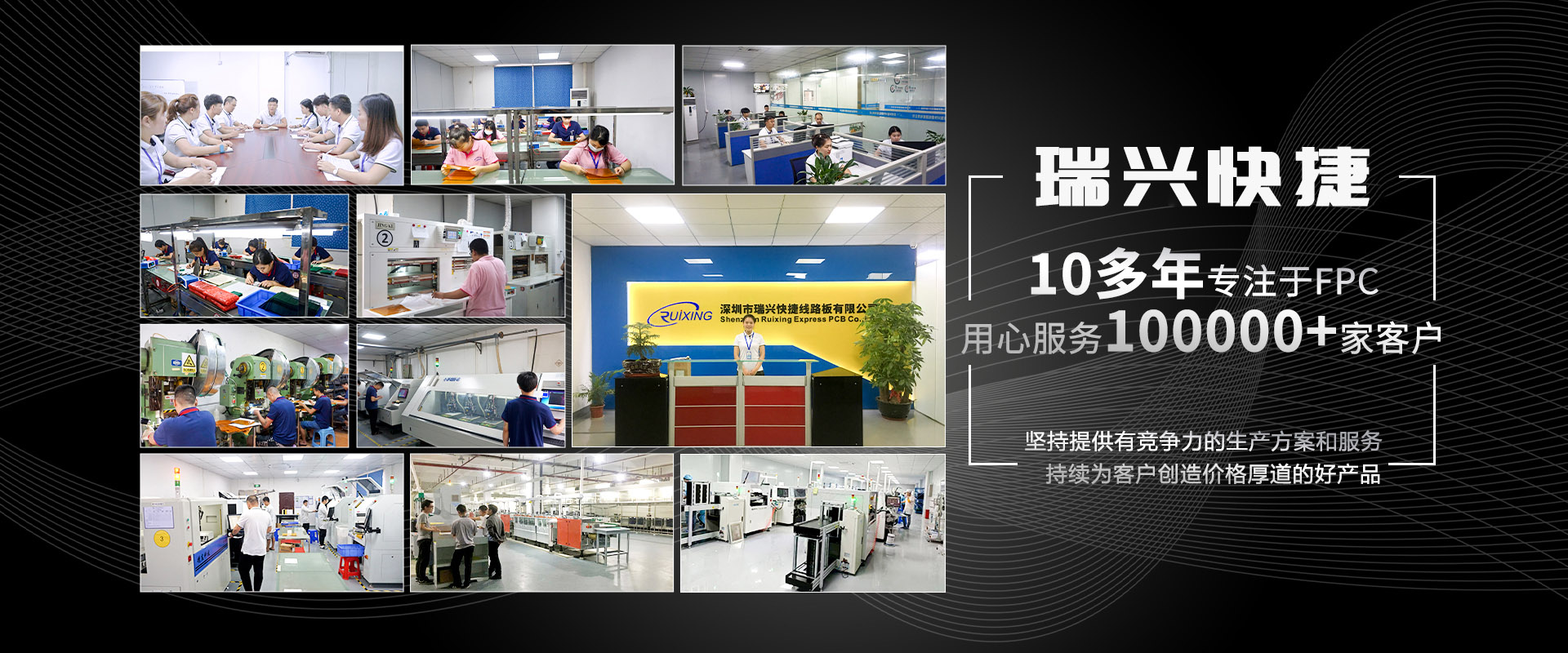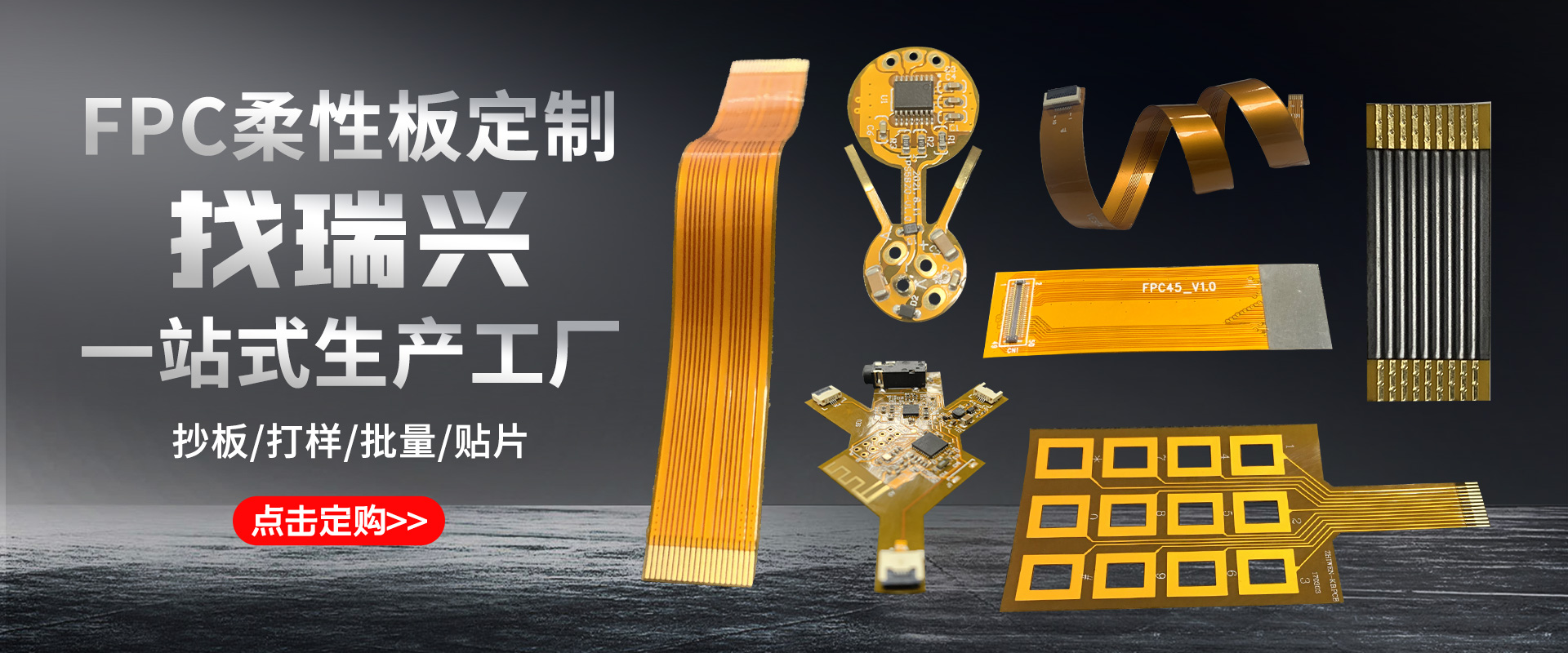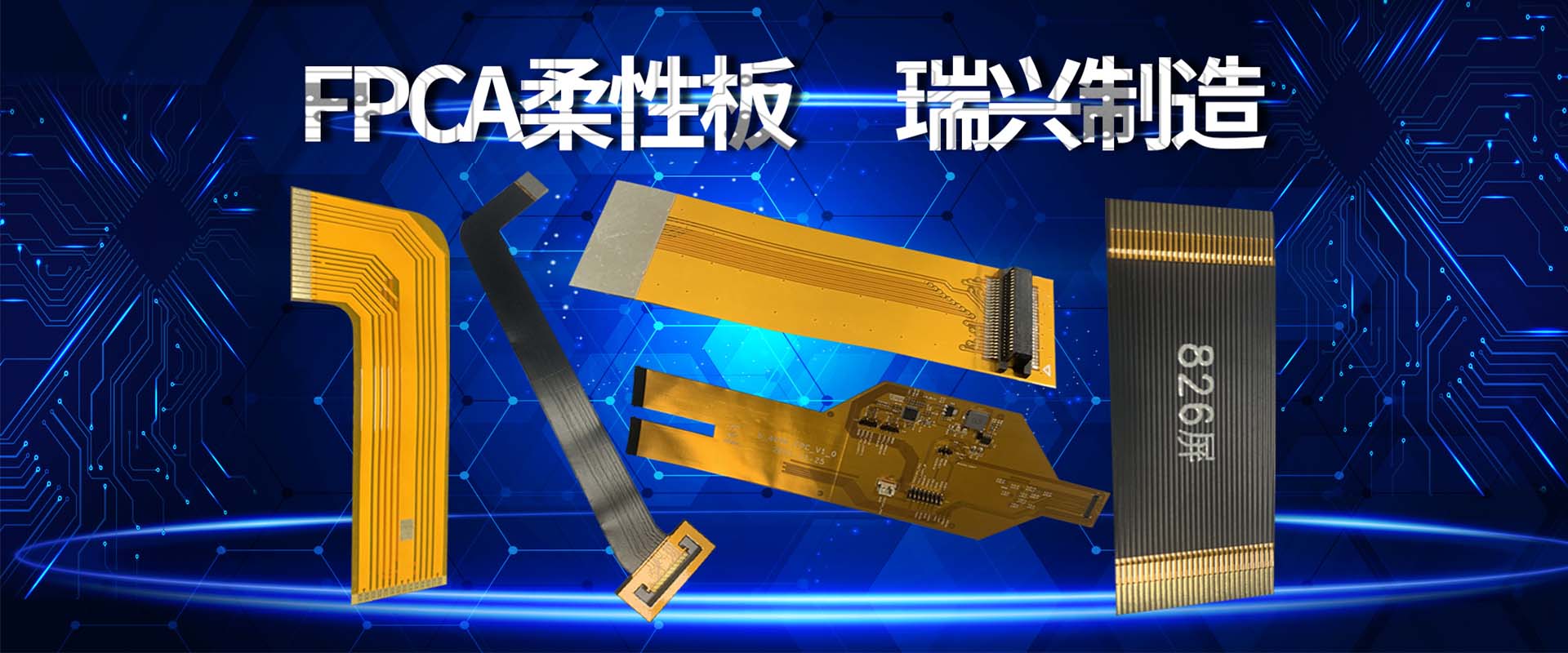
Introduction to Static and Dynamic Design of FPC Softboard
Static design refers to the bending or folding that FPC soft boards only encounter during the assembly process, or the bending or folding that rarely occurs during use. Dynamic circuit design is aimed at the repeated bending throughout the entire lifecycle of FPC soft boards. To ensure the reliable operation of the finished FPC soft board circuit, all these factors must be taken into account during the design process. So, what are some techniques that can increase the flexibility of FPC circuit boards?
In order to improve the dynamic flexibility of FPC circuit boards, electroplated boards should be chosen for circuits with two or more layers.
2. It is recommended to maintain the minimum number of bends and do not place solder pads or through holes in the bending area.
3. The wires should be arranged in a staggered manner to avoid the I-type micro aggregation effect, and the wire paths should be orthogonal to facilitate bending.
4. Do not place ceramic devices near any bending area to avoid coating discontinuity, electroplating discontinuity or other stress concentration. It should be ensured that there is no distortion during the completed assembly. Twisting may cause undue stress on the outer edges of the circuit. Any burrs or irregularities that occur during the blanking process may cause the circuit board to crack.
5. In the bending area, the thickness and width of the conductor should remain unchanged. There should be changes in electroplating or other coating layers to avoid wire necking shrinkage.







